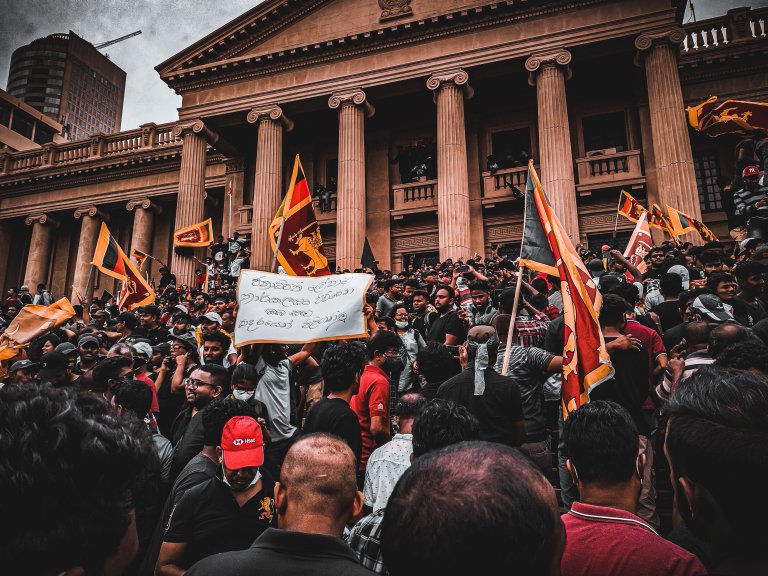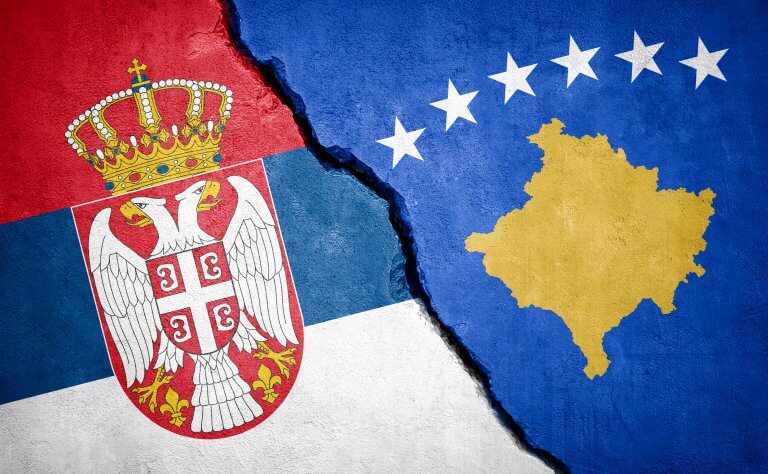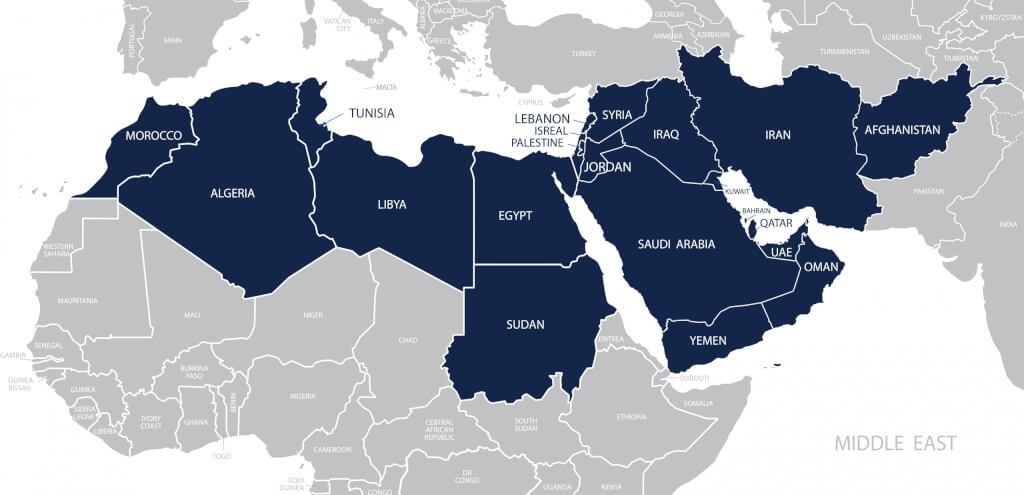
Ukraine is far from being alone: a chronicle of the modern world full of armed conflicts
The conflict in Ukraine over the past six months has become part of the daily lives of almost everyone in Europe, the US, Canada, Australia, and other parts of the “first world”. The first war televised live around the worldwas Operation Desert Storm in 1991. Back then the media began to cover the “near-war” incidents and the hostilities themselves in such details and almost without delay in time so that the audience began to feel almost like participants in these events. But Ukraine has become a special case – for the first time in history a large-scale armed conflict is broadcasted in the media for such a long time.This affects the minds of those watching the conflict on their television screens and computer monitors and arouse their deep “complicity” and compassion for the tragedy that is taking place in Ukraine today.
However, the wide possibilities for covering the war in the media gave the opportunity to rise another type of information war, which as a phenomenon appeared almost at the beginning of the 16th century. Currently the war that is “shown” in the media is taking place and the conflict that is “not shown” does not exist. Similarly, the media learned to regulate the angle at which information is presented and the degree of compassion for the “right” side of the conflict and hate for the “wrong”. This could greatly distort the real picture and create an almost parallel reality for a person. The same effect is caused by the frequency of mentioning certain conflicts, when news about a serious war are not presented in the media.
The Ukrainian conflict became the focus of all the media in the world and “stopped” some conflicts in the eyes of the public in Europe and the United States. Regrettably these conflicts have not gone away. In terms of their duration, intensity, number of victims and the level of humanitarian catastrophe they are in no way inferior to the conflict in Ukraine. Now there are several wars that are often difficult to call “local”. We will mention the most active and tragic of them and try to figure out why they got “oblivion” in the media and what were their origins behind the “big shadow” that the events in Ukraine are casting on them. At the same time, for many experts only conflicts in Europe are terrible, but on the periphery medieval atrocities and methods of warfare remain the norm. Paradoxically, this point of view is shared by people who usually consider themselves as natural bearers of the values of humanism. We deliberately reject this simple argument and consider it duplicitous. So, let’s jump right into our list.
Syria and Iraq. The civil war in Syria began in March 2011. Initially, this war was positioned in the media as a confrontation between the democratic opposition and the dictatorial regime of the Assad family. In this war, the main blame for the loss of lives was laid on Bashar al-Assad. Even then, as in any civil war, radical Islamic groups stood out among the rebels, who carried out brutal repressions against the civilian population. Then the media tried to turn a blind eye to it. But we must clearly understand that even the war for peace, as you know, brings disproportionately greater suffering to the civilian population than the cruelest but peaceful dictatorship. However, already in 2011-2012, an even tougher factor arose in this conflict – the radical organization of Islamists ISIS. Against the backdrop of its threat to all geopolitical rivals – the United States, the EU, Russia, and Iran had to forget their contradictions and unite against this evil, which acquired a truly global significance. The war very quickly spread to the north of Iraq, where since 2003 there has been a permanent civil war caused by the invasion of US troops. It was the former military cadres of Saddam Hussein’s army that formed the backbone of the military power of ISIS. The fighting resulted in hundreds of thousands of civilian casualties in Iraq and Syria and provoked an unprecedented migration crisis in Europe, where several million refugees arrived.
In 2018, Donald Trump solemnly announced the victory over ISIS in Syria and Iraq, but this only was an excuse for the media to write less about events in the region. The civil war continues, albeit with less intensity and this even looks like a “plus” to a certain extent since it was the massive artillery and air bombardments of the “fighters against terrorists” who brought huge victims. The casualties were enormous even for the regime of Hafez and Bashar al-Assad or Saddam Hussein. Islamic terrorists have not disappeared, and local bandit groups continue to kill and terrorize the local population.
In such chaotic conditions, the countries of the West, Turkey and other beneficiaries of the conflict make money on semi-legal oil smuggling and do not seek to change the situation that is beneficial to them.
Today, a new escalation of the conflict is likely, threatening many civilian casualties. Turkey, which has always been against the Kurds and fears the emergence of independent Kurdish states in Syria and Iraq, announced back in April 2022 a new military operation against the Kurdistan Workers Party (PKK) in northern Iraq, which is still ongoing. In fact, it is not just about the organization, which is recognized as a terrorist organization in many countries – Erdogan is frightened of any Kurdish state formations including Iraqi Kurdistan. The same operation is being prepared against the Kurds in Syria, where Erdogan wants to support Turkish military and political formations. It is not known whether this will lead to a large-scale conflict. The Kurds are allies of the United States in both Syria and Iraq. Washington will have a choice either to ignore the conflict and maintain good relations with Turkey as a member of NATO or support the Kurds. If the second option will be chosen, then there is little hope that many American and European media will finally stop being “silent” about the military confrontation that has been going on in the countries of the Middle East all these years.
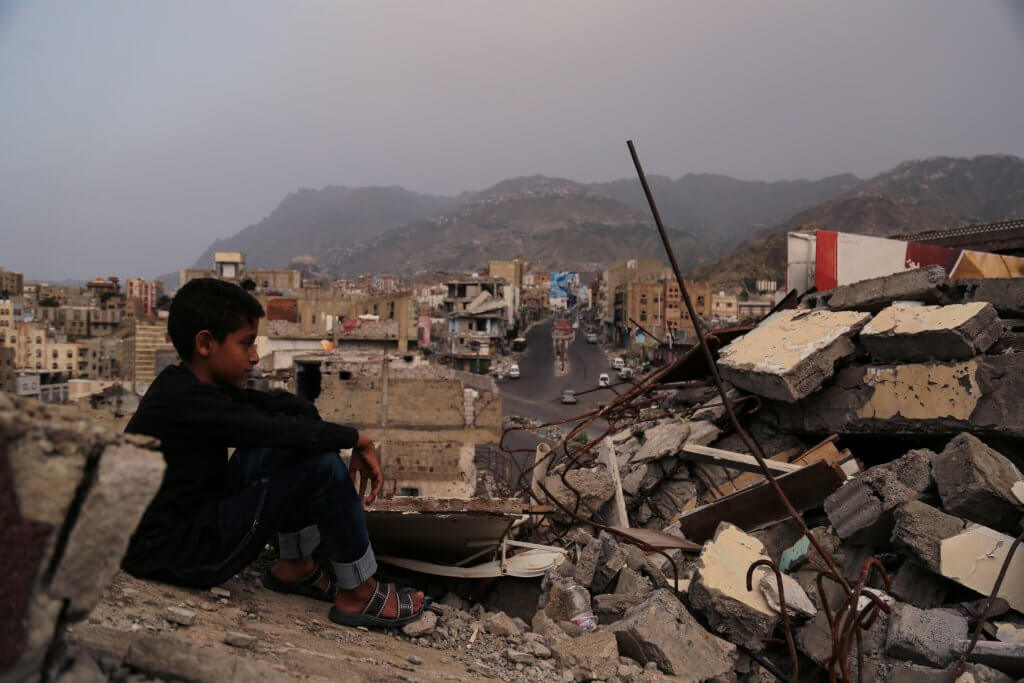
Yemen. The civil war in that country formally began in 2014, but de facto it has been going on since 2004. It stems from a historical religious confrontation between Shia–Sunni relations in the region. At the time, Shiite rebels living in the north of the country opposed the Yemeni authorities’ alliance with the US and the restoration of the theocratic monarchy that existed in Northern Yemen before the military coup in 1962. The main burden of confronting the Shiites, behind whom the US saw the activity of Iran, was born in Saudi Arabia and its allies. They were very much afraid of the emergence of a Shiite state near their borders. The Saudi coalition all along the confrontation did not choose its methods and did not hesitate to strike even peaceful targets considering the entire population of Yemen as “Shiite terrorists”.
Yemen was even less fortunate than Syria, where opposing political forces “guarded” each other. Many war crimes became public, while the fight against ISIS was a shared burden. The atrocities that were and continue to be committed in Yemen were uncomfortable for Europe and America. The only media that were writing about the conflict were either the leftist or opposition media. Even the most conservative estimates say that 100,000 to 150,000 civilians have died in the country. Meanwhile, the Saudi-led coalition’s blockade of the country has led to a horrendous humanitarian disaster and famine, as well as a flood of refugees into neighboring countries.
There is no end in sight to the war. Despite numerous attempts at peace talks, no political solution has been found. Saudi Arabia and the UAE have often declared an end to the armed conflicts but there are still ongoing. Civilian targets continue to be attacked. On 5 June 2022, more than 150 strikes on civilian targets in Yemen, including homes, hospitals and communication towers have been reported. Despite claims by the Biden administration that the US had ceased military support for “offensive operations”, it has come to light that the United States have provided weapons, training, and maintenance support to most of the fighter squadrons in the campaign. Biden, for whom increasing Saudi oil production is critical, is unlikely to be able to change his policy on this issue. He even visited the country for diplomatic talks in mid-July. The “mainstream” media will not change their policy either. Which means war and casualties will continue, but as before there will be disproportionately little news about it.
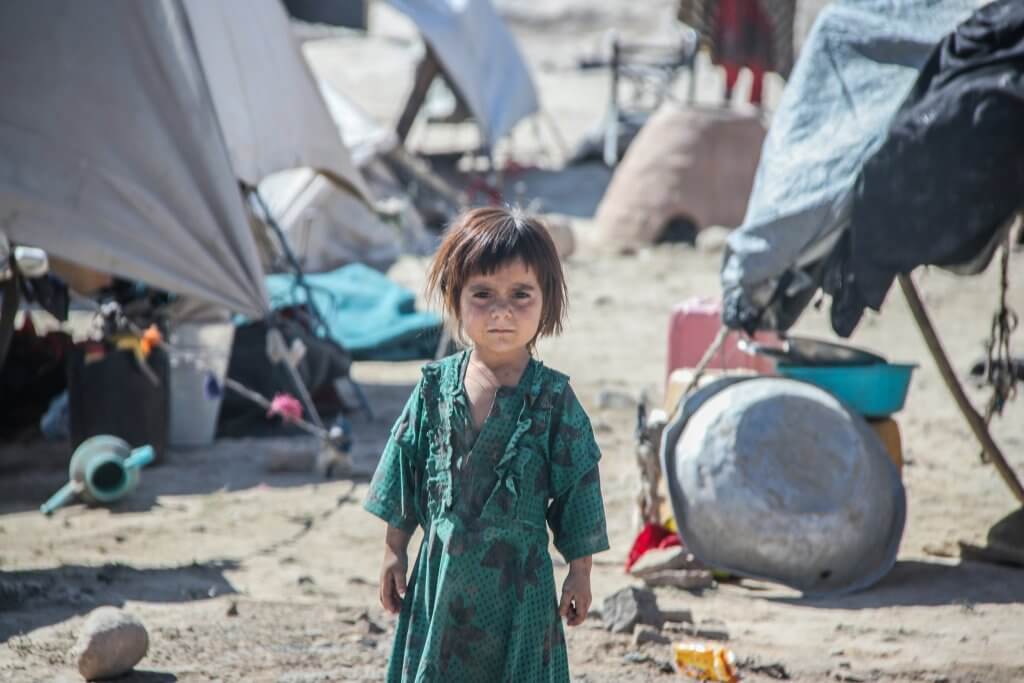
Afghanistan. The civil war in the country has not stopped since the 1980s, but the current phase began in 2001. It is difficult to estimate the number of casualties accurately, but it can be measured in the tens and hundreds of thousands of civilians. Even more dramatic was the end of the war where the US finally withdrew its troops in August 2021 giving power to the Taliban. They had been unsuccessfully fought for 20 years resulting in another humanitarian catastrophe for the neighbor countries.
It was hoped at the time that the Taliban would stay in power for a short time and that they could be overthrown quickly, but this did not happen. Nevertheless, there are many forces in contemporary Afghanistan who do not want to see the Taliban in power and a “hidden” new civil war is already underway in the country. Moreover, there is always the risk that it will escalate into a more intense and heated phase. Equally dangerous is the Taliban’s potential ambition to export the “Islamic revolution” to neighboring countries such as Uzbekistan, Turkmenistan, and Tajikistan. All this suggests that there will be again great loss of lives and suffering among the population. However, after the embarrassment of the sad end of Operation Freedom’s Sentinel, the US is not very keen to get into what is happening in Afghanistan now. The Biden administration has begun preparing for a possible congressional investigation regarding the withdrawal of troops from Afghanistan in 2021 just in case Republicans win a majority in November’s midterm elections. The White House is anxious to avoid possible mistakes on the August 2021 withdrawal anniversary that could hurt Biden’s already low approval ratings. In such a situation, there is no media attention to the events of the war in Afghanistan.
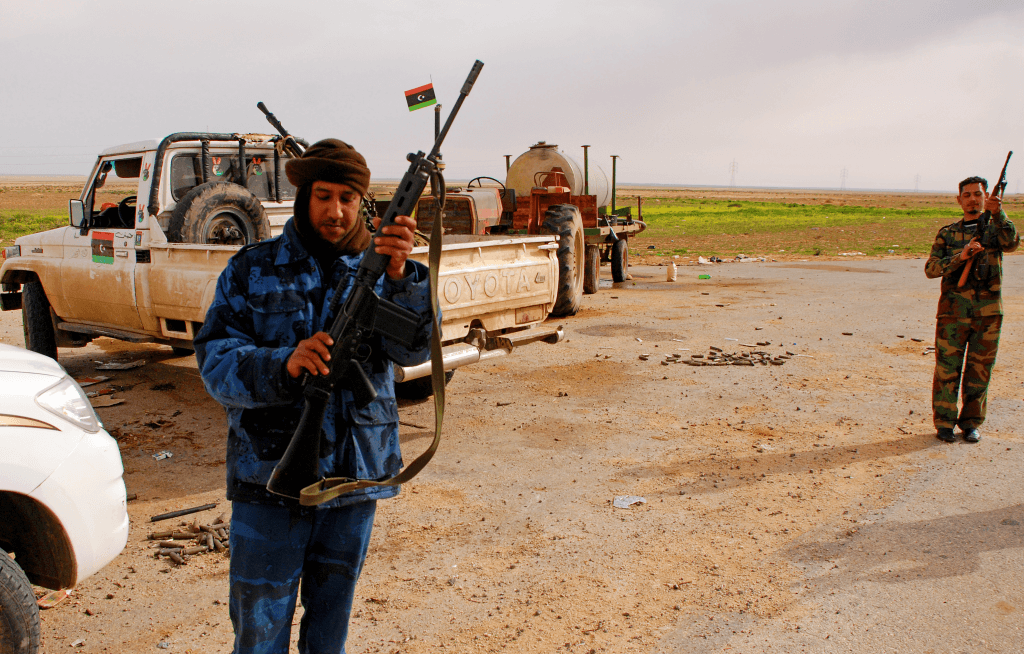
Libya. The war in that country has been going on since 2011. Based on the geopolitical interests, Western countries decided to help overthrow the country’s dictator Muammar Gaddafi. Almost immediately after the successful revolution the coup plotters quarreled with each other and began to share power by force of arms. The country plunged into the chaos of war, which claimed tens of thousands of civilian lives and turned one of the most successful Arab countries into an unstable region dominated by criminals and even terrorists since ISIS and al-Qaeda fighters were involved in many conflicts. As a “third” party, foreign countries ranging from Turkey and Egypt to France and Italy quickly joined the war. They supported different warring factions with one goal: to gain access to Libya’s oil resources. Stabilization and end an armed confrontation were not part of their “commercial” plans. Ordinary Europeans and Americans are under the impression that presidential elections will soon be held in the country and there will be long-awaited peace in the full sense of the word. But the reality is that there is no compromise between the warring factions and the “elections” have been postponed indefinitely. It is highly doubtful that they will take place at all and every day the country faces a new bloody clash between the contenders for power.
That is just a short list of conflicts. Islamist fighters continue to wage war against the authorities in the Sahel states of Mali, Burkina Faso, and northern Nigeria, where hundreds of civilians have been killed, while the French Operation Barkhane has reached a stalemate. Despite formal peace, civil war also continues in Somalia. The first half of this civil war was covered in the media, but then suddenly “disappeared”. Western Sahara and Nagorno-Karabakh could always erupt again. The only sad conclusion is that Ukraine is not the only hotspot, and the modern world is full of armed conflicts. It’s just that sometimes there are forces that want your attention not to be focused on them. Of course, for “good” reasons and to preserve your mental equilibrium.
